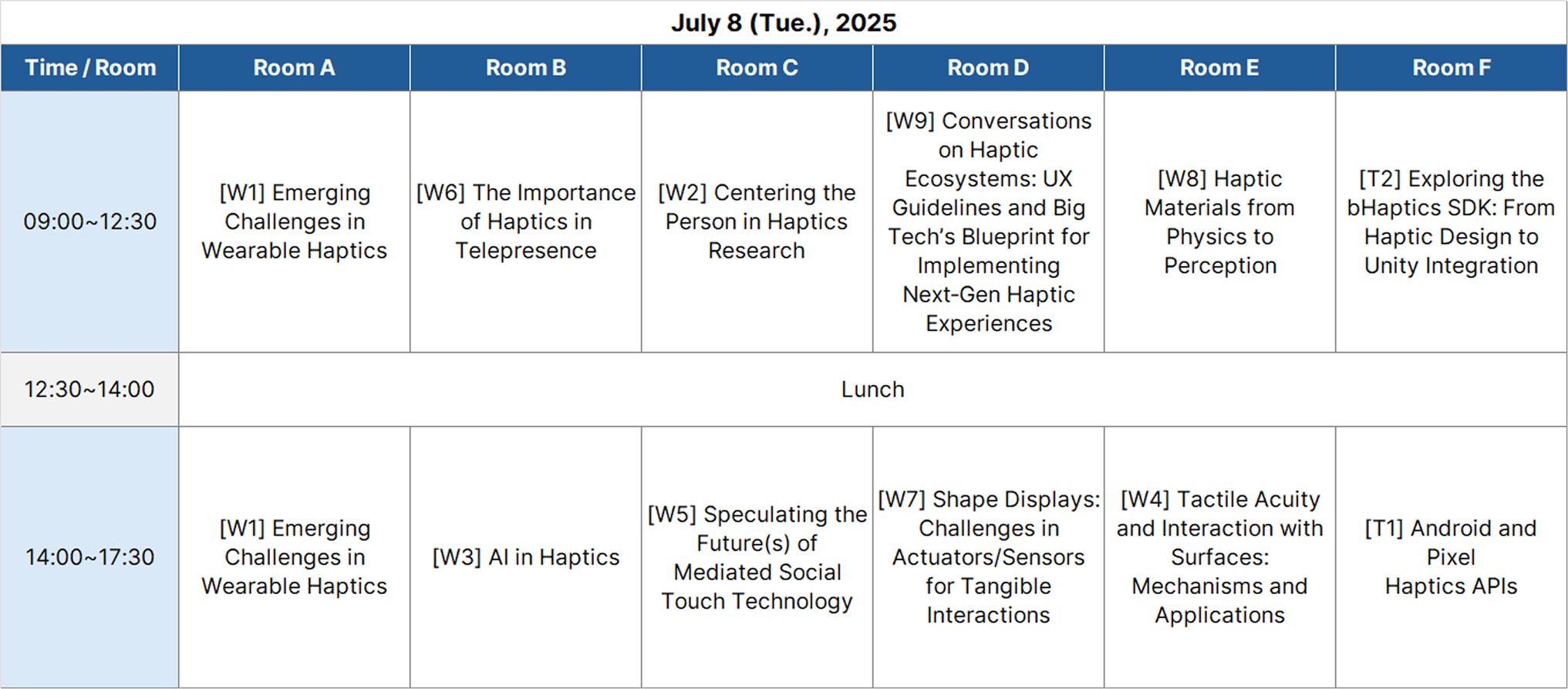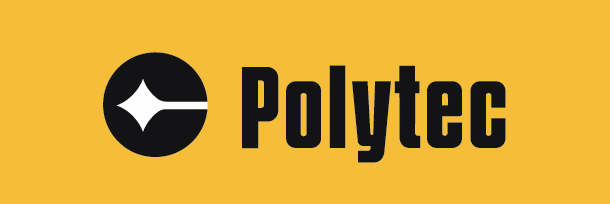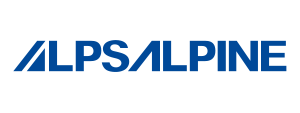The haptic research field has been growing over the years, with research focuses changing over time and across the world. Within this workshop, we will be bringing the human’s experience to the forefront of researchers’ minds by focusing on human-computer interaction (HCI) techniques that have been proven to be effective in improving user experience. We will be exploring topics including participatory design, human-centered design, and user-experience design. These are design approaches that incorporate qualitative data into design decisions. In this workshop, we will examine where these methods may be most applicable or appropriate for the haptic community. Thus, opening a dialogue that has not been done before at the World Haptics arena.
[W3] AI in Haptics
Organizer(s):
Seungjae Oh (Kyung Hee University), Sang Ho Yoon (KAIST), and Seokhee Jeon (Kyung Hee University)
We live in the era of AI. Despite recent technical leaps in AI, its role in the field of haptics has remained relatively limited. This workshop aims to introduce and share recent haptic studies that are closely related to AI. In the first session, speakers will share their experiences applying AI models—ranging from early pioneering convolutional neural networks to recent large-scale vision-language models—to the design and analysis of haptic systems. Following the presentations by researchers in the community, the workshop will feature an interactive discussion session on noteworthy agendas, such as promoting the use of AI in haptics, exploring future directions, and reflecting on the role of AI in haptics (or vice versa). Join us for this open workshop, where experts will explore the opportunities and challenges of AI-driven haptic research through engaging talks and discussions. We hope this workshop will provide valuable insights and knowledge about AI to the haptics community.
[W4] Tactile Acuity and Interaction with Surfaces: Mechanisms and Applications
Organizer(s):
David Gueorguiev (Université Catholique de Louvain), Jenna Fradin (Sorbonne Université), Mariama Dione (Aix-Marseille Université), André Mouraux (Université Catholique de Louvain), and Rochelle Ackerley (Aix-Marseille Université)
We interact daily with many surfaces and we effortlessly identify their properties and features. This ability relies on highly precise tactile interactions between the glabrous skin of the finger and the touched surfaces. The talks will explore how the tactile system resolves microscale differences between different materials and surfaces, and how frictional cues play a crucial role in both conscious perception and unconscious dexterous manipulation. They will also compare various tactile cues, such as vibrations or friction elicited during grip and touch, and will connect them to the neural mechanisms of touch. The implications for haptic devices will be covered, highlighting both areas where devices contribute to better knowledge and potential innovative applications. The workshop will bring together researchers who have significantly contributed to this field and provide a unique opportunity to discuss the role of tactile acuity and surface perception in both fundamental research and applied contexts.
[W5] Speculating the Future(s) of Mediated Social Touch Technology (Additional registration required, see the workshop’s page)
Organizer(s):
Russian (Ruo-Xuan) Wu (University of Sydney), Tim Moesgen (Aalto University), Myung Jin (MJ) Kim (Electronics and Telecommunications Research Institute), Donald Degraen (University of Canterbury), Hsin-Ni Ho (Kyushu University), Luke Hespanhol (University of Sydney), Marius Hoggenmueller (University of Sydney), and Anusha Withana (University of Sydney)
Mediated Social Touch (MST) enables people to convey touch across distance, opening new possibilities for connection—yet also raising ethical, social, and emotional questions. As haptic interfaces evolve, it becomes essential not only to perfect tactile realism but also to anticipate the unintended consequences such technologies may bring. This workshop aims to surface and materialise the potential impacts of MST, prompting dialogue before they unfold. To that end, we bring together engineers, designers, and researchers to “speculate” on the future(s) of MST using the Future Ripples Method—a workshop-based futuring exercise that turns today’s signals and trends into “what-if” scenarios and visualises their potential interconnected consequences. Featuring inspiring keynotes from
Prof. Hsin-Ni Ho and
Prof. Hiroyuki Kajimoto, participants will: (1) explore the future(s) of MST through a futuring framework, (2) map out opportunities and threats posed by MST technological advancements, (3) exchange their visions with other hapticians and designers, and (4) learn innovative futuring tools for their research and design practice.
[W6] The importance of Haptics in Telepresence
Organizer(s):
Jan van Erp (University of Twente), Tiago Falk (INRS), and Dave Magnoni (IEEE)
Telepresence refers to the feeling of truly being at a remote location. Telepresence systems can create that feeling through advanced, multisensory, bidirectional interfaces that allow you to sense, communicate, and act in a remote environment. As concluded after a recently completed XPRIZE competition on Avatar Robotics (
Avatar XPRIZE), more complex tasks will demand high-fidelity haptics for fine manipulation and full body haptics (
Analysis Avatar XPRIZE). This underlines that telepresence systems cannot rely on vision and audition only: haptics is of crucial importance for successful telepresence systems. This panel workshop has invited talks and a round table discussion and attendees will learn about the state-of-the-art in telepresence haptics from XPRIZE finalists and about the big challenges as described in the IEEE Telepresence Roadmap. Attendees can actively contribute to the roadmap and learn more about activities of the IEEE Telepresence initiative – sponsor of this workshop (
IEEE Telepresence). More info: Events.
[W7] Shape Displays: Challenges in Actuators/Sensors for Tangible Interactions
Organizer(s):
Sungryul Yun (Electronics and Telecommunications Research Institute) and Sang-Youn Kim (KoreaTech)
The Shape Displays Workshop aims to provide a comprehensive understanding of the emerging field of shape displays. Participants will learn about the design and development of shape display enabling tangible interaction with 3D physical information and geometrical topology generated by various actuators and sensors. The workshop will cover fundamental principles such as the physics of stimuli-responsive materials, the design of actuators and sensors, and their integration into tactile interfaces. Invited lectures and young scientist talks will offer insight into the cutting-edge technologies for shape displays, and participants will have the opportunity to present their own work during the young scientist talks and receive feedback. By the end of the workshop, participants will have a deeper understanding of shape displays and their promising applications in various domains.
[W8] Haptic Materials from Physics to Perception
Organizer(s):
Nedim Goktepe (INM – Leibniz Institute for New Materials) and Müge Cavdan (Justus Liebig University Giessen)
In daily life, we touch and manipulate objects of different materials to gather information and make decisions based on material properties. While these day-to-day interactions seem trivial, they underlie complex multilevel interactions spanning from physical material properties to skin features and various cognitive factors. Thus, understanding how haptic material perception is formed at different levels and physical scales requires research from many fields, including chemistry, physics, psychology, and engineering. Therefore, it takes a joint interdisciplinary effort to solve the puzzle of haptic material perception and develop applications. As a step towards this direction, our workshop will bring together and connect research from different fields to provide a more holistic understanding of haptic material perception. With the invited talks of experts from different fields, we will discuss haptic material perception from the window of material science, psychology, and engineering.
[W9] Conversations on Haptic Ecosystems: UX Guidelines and Big Tech’s Blueprint for Implementing Next‑Gen Haptic Experiences
Organizer(s):
Dan Shor (Haptics Industry Forum)
This workshop brings together UX leaders from Apple, Google, Meta, and Razer to share in‑depth case studies and UX guidelines for crafting exceptional haptic experiences. Presenters will detail their methodologies for designing nuanced touch responses—ranging from subtle confirmation clicks to intricate alert patterns—that optimize usability, accessibility, and immersion across mobile, VR/AR, and gaming platforms. Attendees will gain insight into each company’s core design principles, prototyping workflows, and validation techniques. We’ll conclude with a moderated panel and open Q&A, where experts will compare their philosophies, examine technical constraints versus user expectations, and identify strategic opportunities for cross‑industry collaboration and standardization in user‑centered haptic design.
[T1] Android and Pixel Haptics APIs
Organizer(s):
Hong Z. Tan (Google LLC)
Android 16 significantly enhances haptic feedback via a new cross-device API supporting Piece-Wise Linear Envelopes (PWLE) for precise control over amplitude and frequency. This moves beyond traditional simple vibrations, enabling more expressive, perceptually rich haptic effects that perform consistently across the Android ecosystem. This workshop provides a comprehensive exploration of the new PWLE-based APIs, delving into its perception-driven design principles and the API’s basic and advanced capabilities. Participants gain valuable hands-on experience composing diverse haptic effects using predefined primitives and custom PWLE sequences, working directly with examples on Pixel devices. Additionally, a Pixel-specific API extension that enables real-time PWLE effect generation will be introduced. This is a powerful tool for interactive applications and dynamic feedback. The session is highly interactive, with live demonstrations, open-source code samples, and dedicated time for attendees to design and evaluate their own haptic effects on Pixel phones.
Tutorial Website: TBA
[T2] Exploring the bHaptics SDK: From Haptic Design to Unity Integration
Organizer(s):
Kiuk Gwak (bHaptics Inc.)
Participants will leave this tutorial with the ability to:
- • Understand the various types of haptic feedback that bHaptics devices can deliver.
- • Learn how to design haptic feedback using the bHaptics Designer software.
- • Explore how this haptic feedback can be integrated into applications using the bHaptics SDK for Unity and other platforms.
This tutorial will be divided into three sessions, each lasting one hour:
- • Introduction and Haptic Design: An overview of bHaptics hardware and software, along with practical use of the bHaptics Designer software to create haptic feedback.
- • bHaptics SDK for Unity and Other Languages: Exploring SDK integration for Unity and other development environments.
- • Hands-On Exercises: Participants will apply their learning using the bHaptics Designer software and bHaptics Developer Portal. Several laptops equipped with bHaptics devices will be provided, though participants are encouraged to bring their own Windows laptops.




















